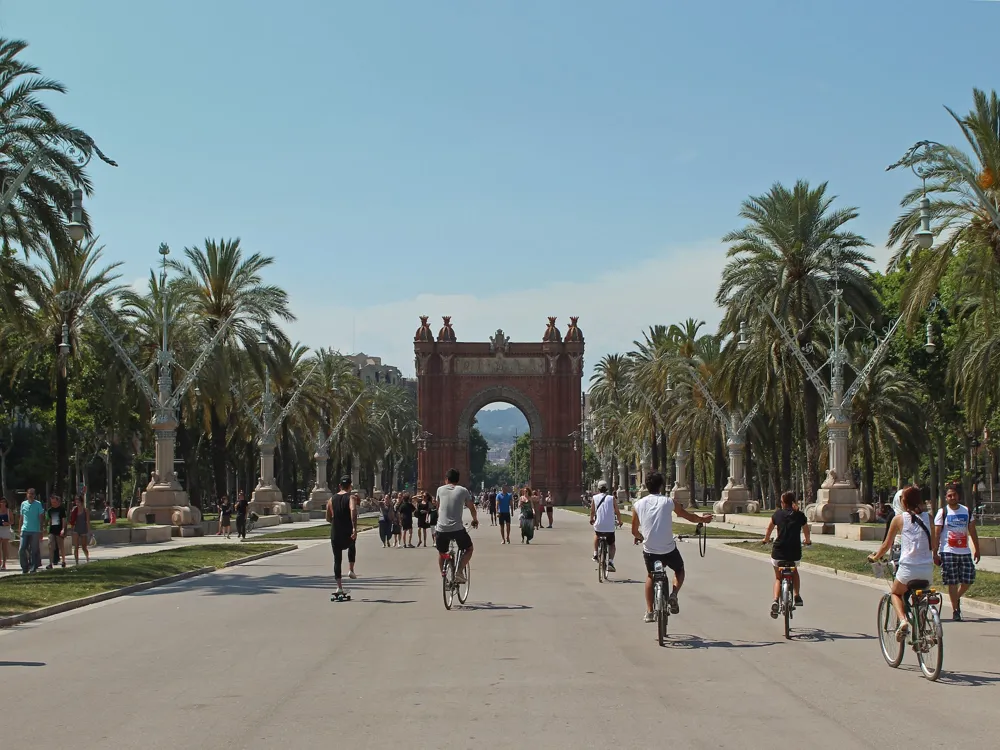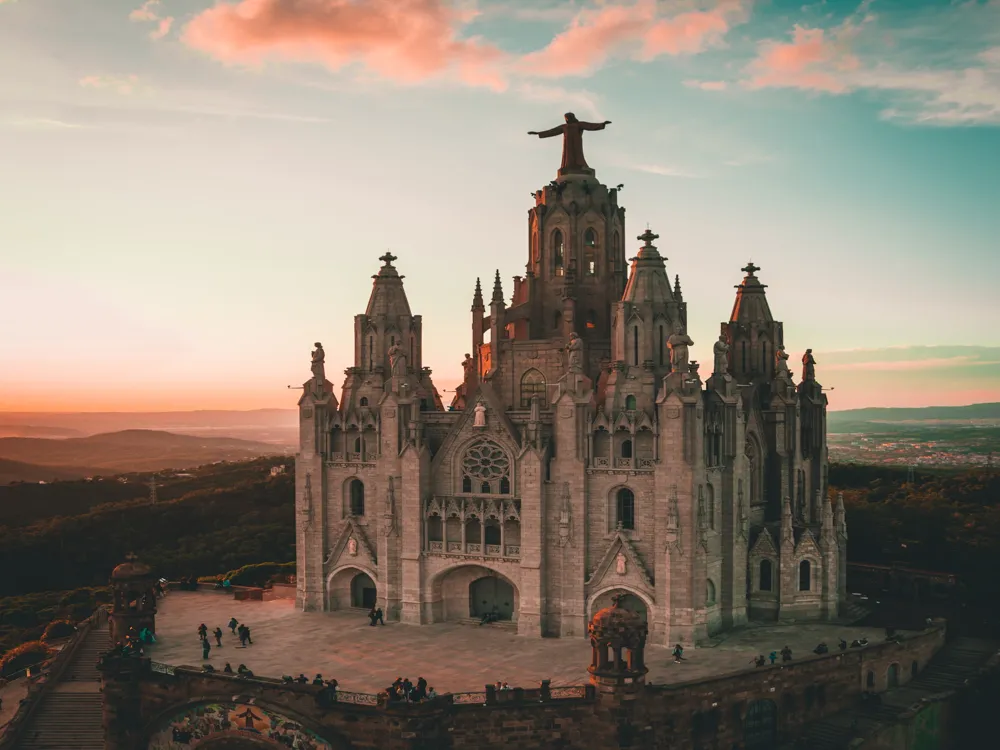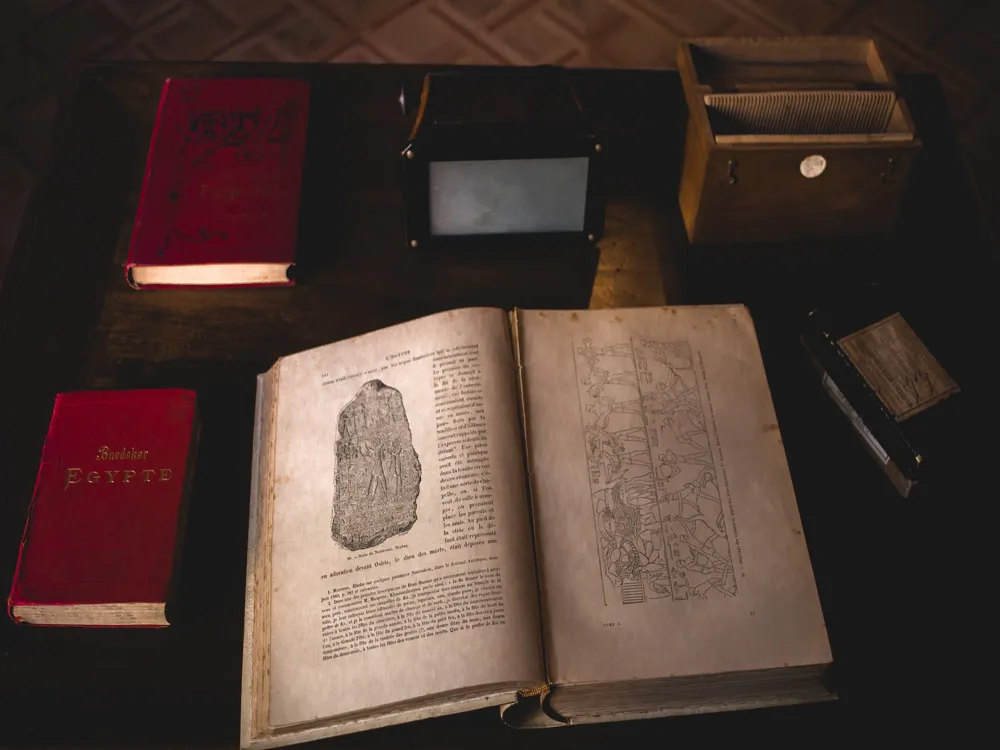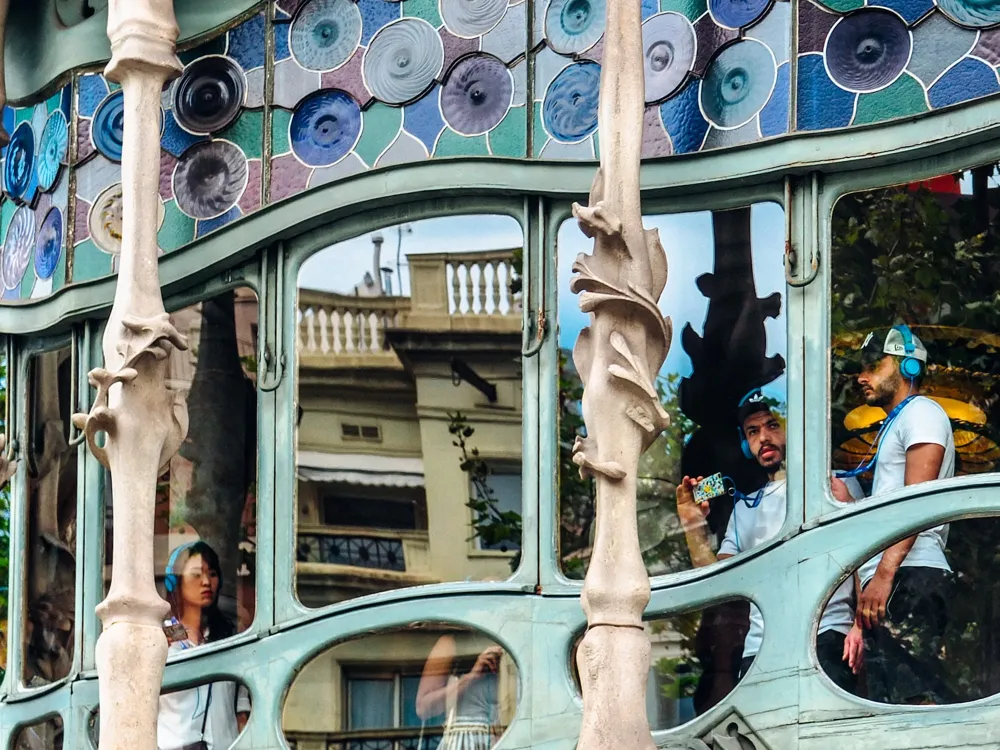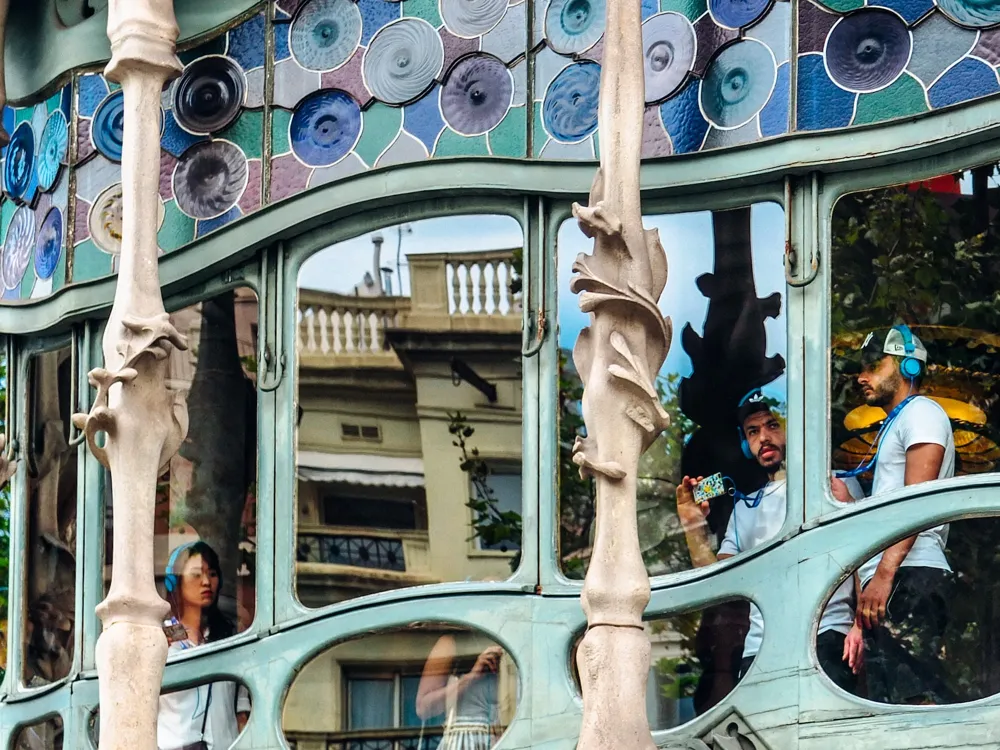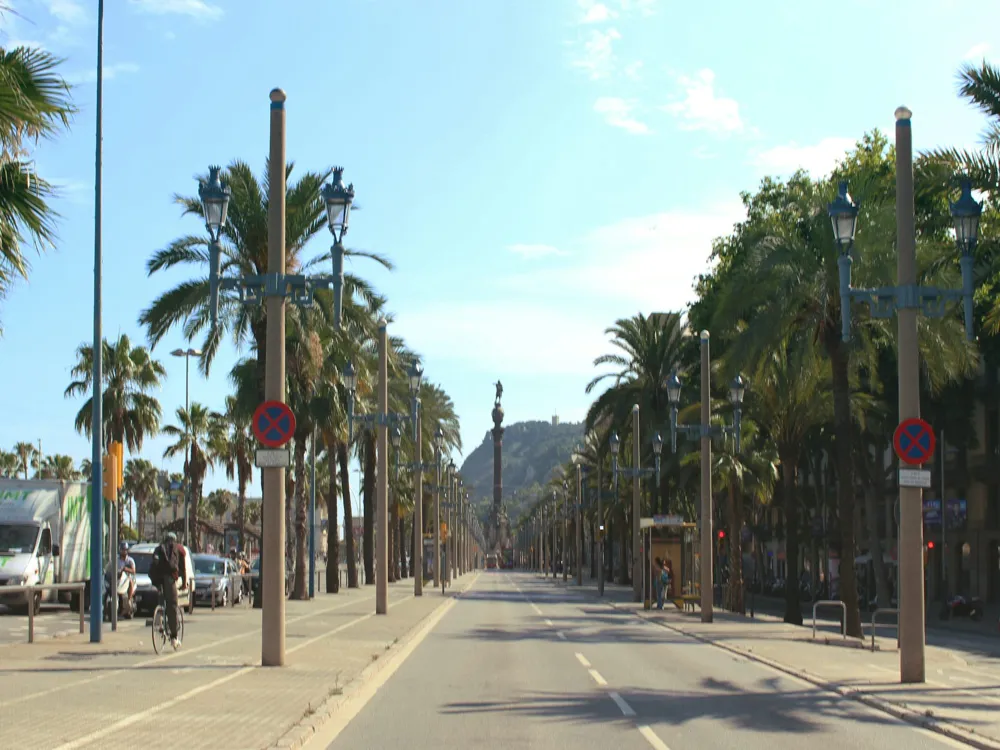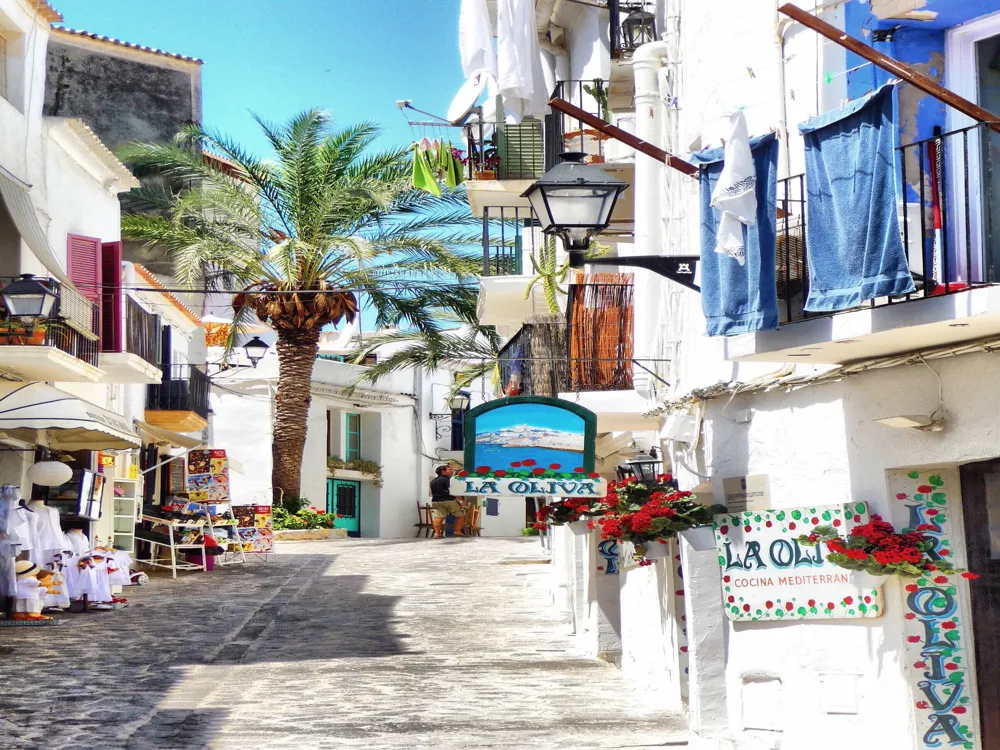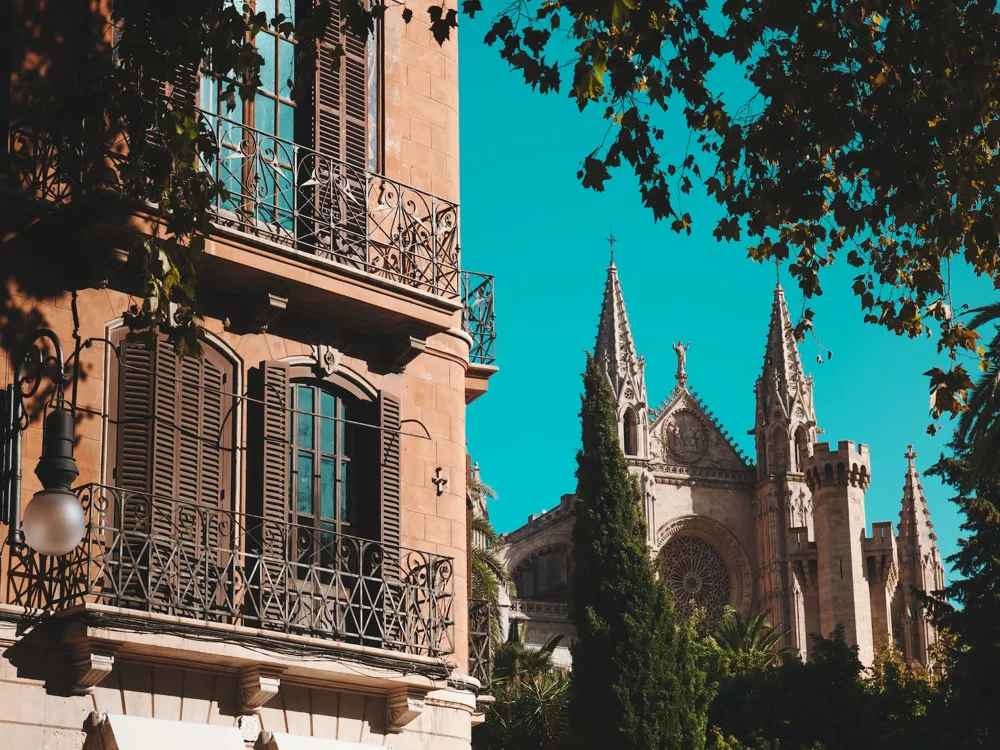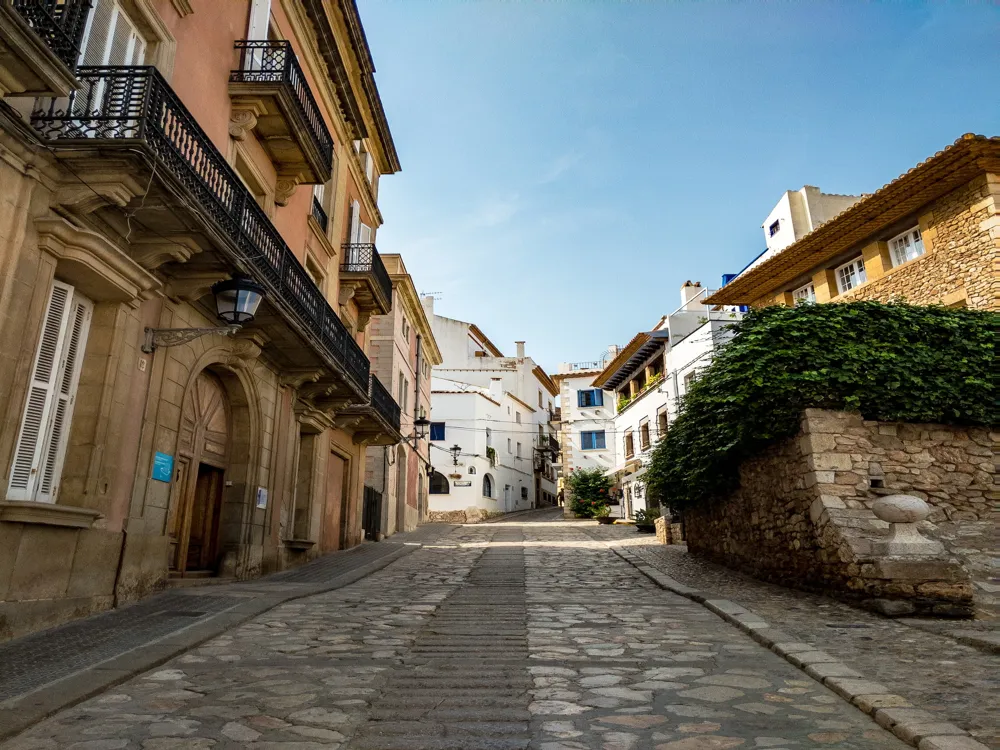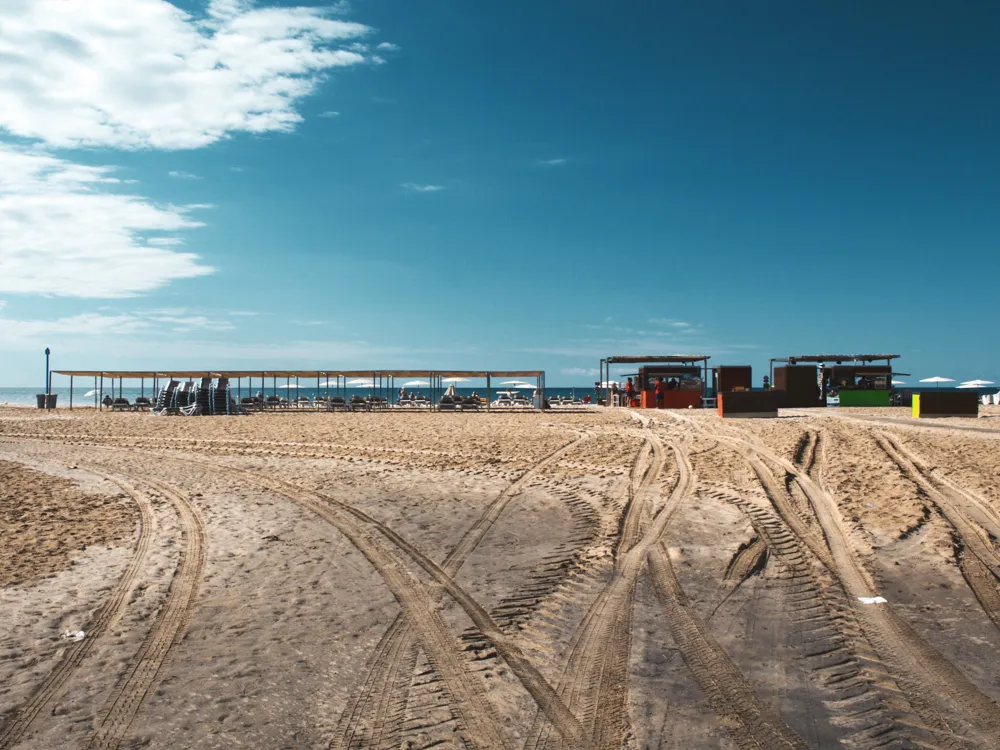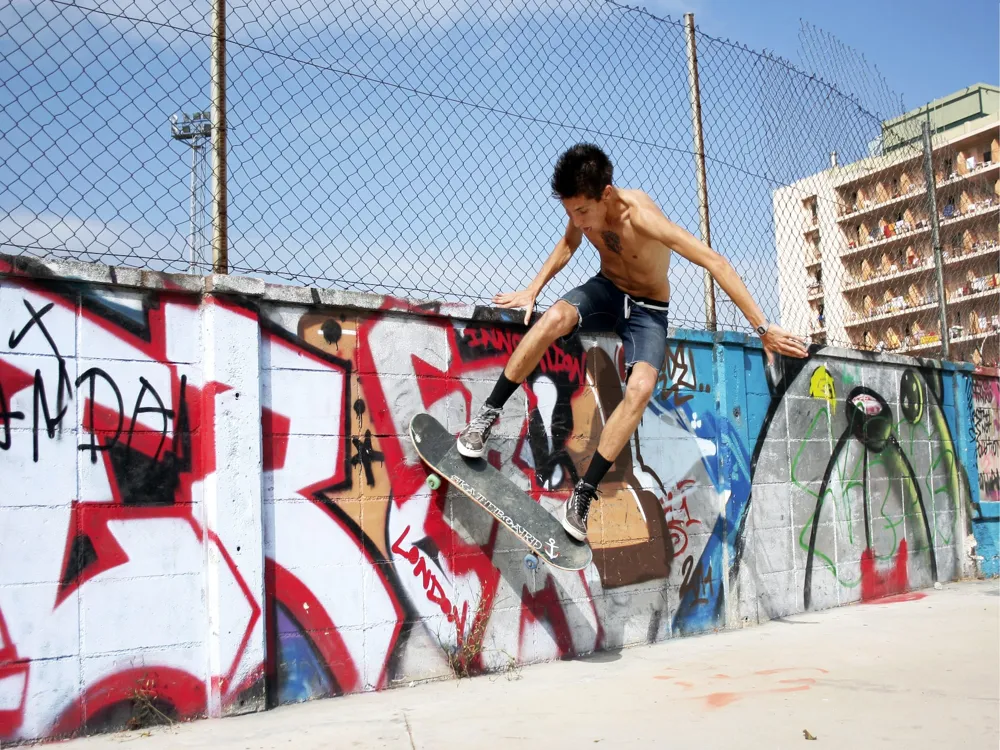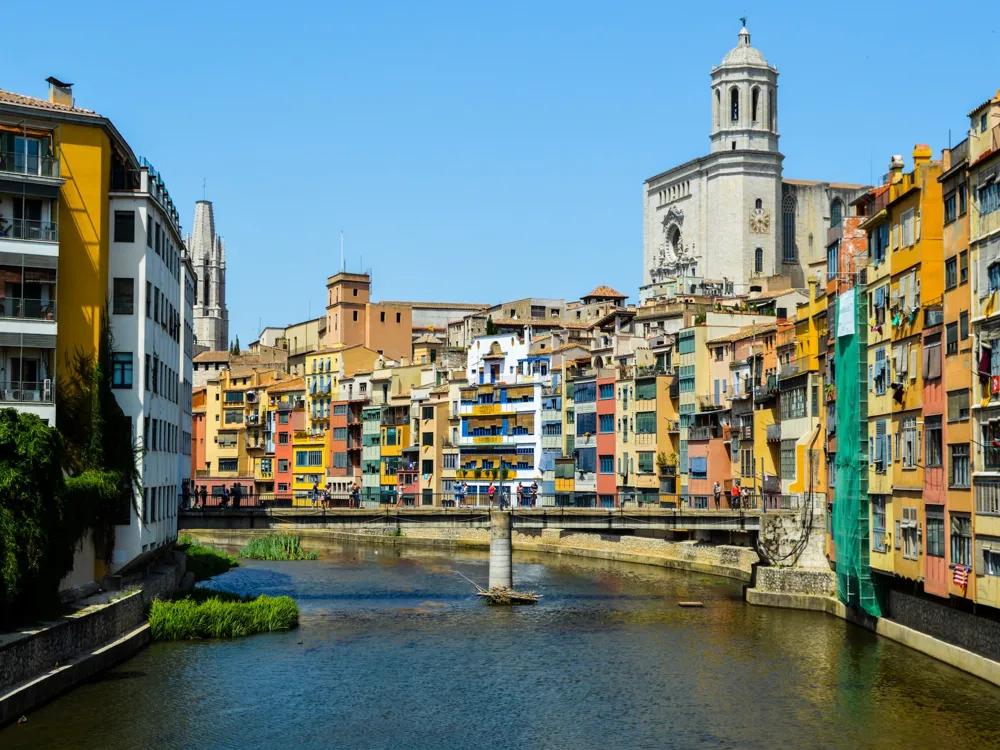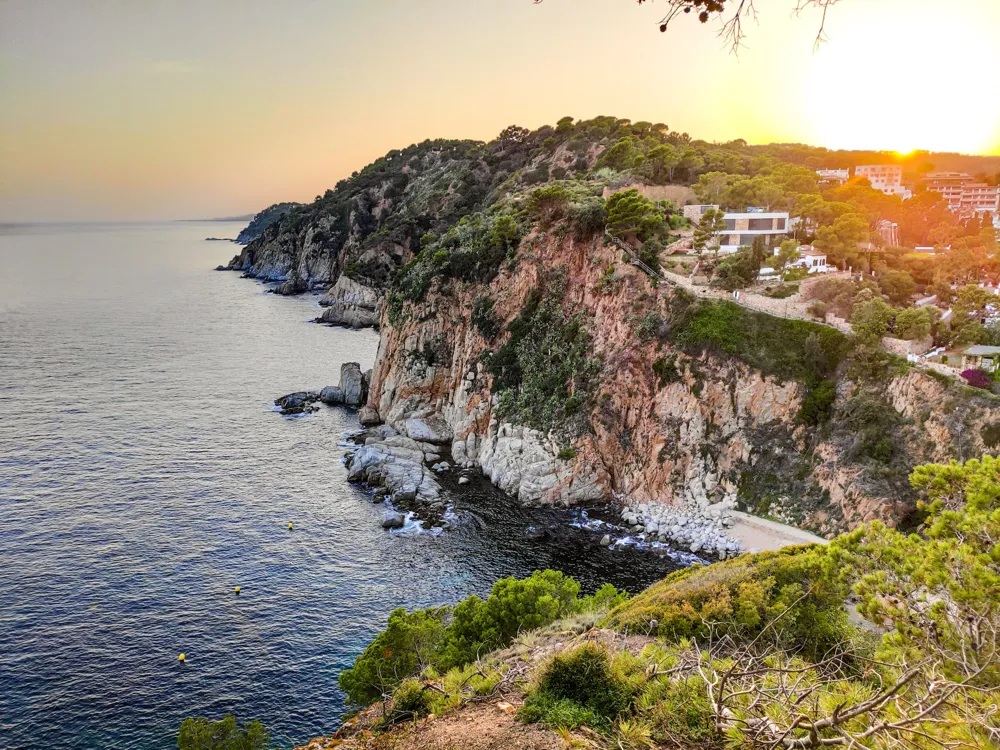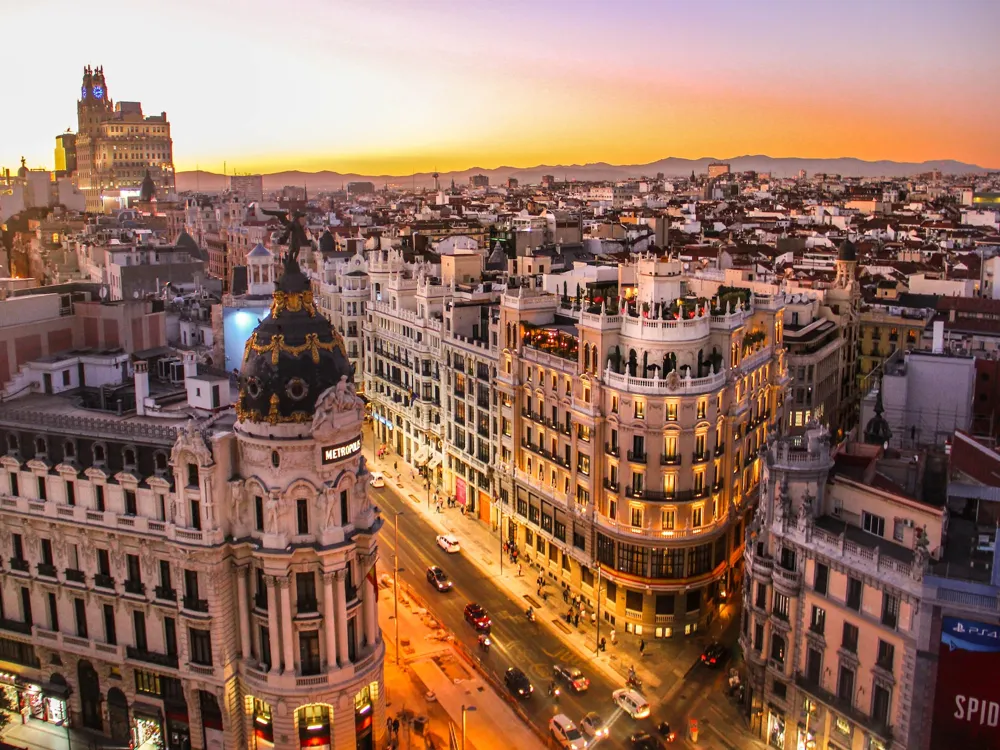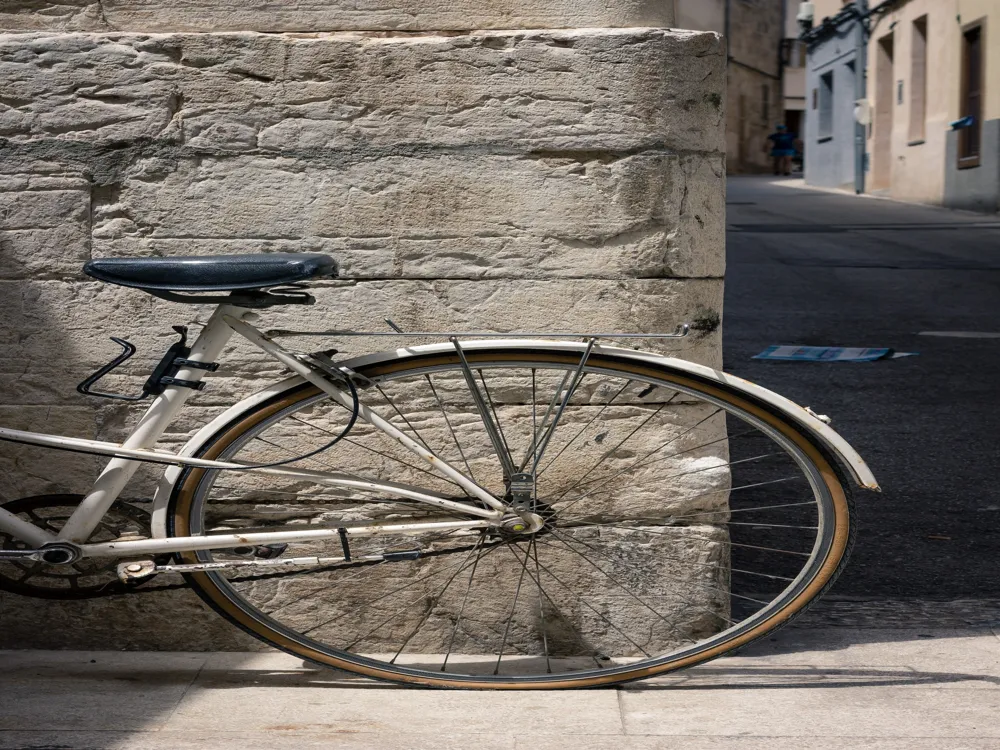Overview of Tibidabo in Barcelona
Tibidabo is a towering mountain that proudly stands as the tallest peak in the Serra de Collserola, offering breathtaking views over Barcelona and the Mediterranean Sea. This iconic hill, located on the northwestern edge of Barcelona, is more than just a scenic viewpoint; it's a blend of natural beauty, cultural history, and amusement attractions. The name Tibidabo has biblical origins, believed to be derived from the Latin phrase 'tibi dabo', meaning 'I will give to you'. This phrase is associated with a biblical story where the devil tempted Jesus by offering him the world in exchange for worship.
One of the most striking features of Tibidabo is its vibrant blend of natural scenery and man-made attractions. The mountain's landscape is dotted with lush greenery and forested areas, providing a serene escape from the bustling city below. It's a popular spot not just for tourists but also for locals seeking a peaceful retreat.
The main attraction at Tibidabo is the Tibidabo Amusement Park, one of the oldest functioning amusement parks in the world. Established in 1905, it offers a unique mix of traditional and modern rides. The park is a delightful blend of nostalgia and thrill, with attractions suitable for all ages. The park's vintage feel is complemented by contemporary rides, making it a place where history and modernity coexist harmoniously.
At the summit of Tibidabo is the majestic Temple Expiatori del Sagrat Cor, an exquisite church that has become a symbol of Barcelona's skyline. The church, designed by architect Enric Sagnier, was completed in 1961 after over 60 years of construction. Its architecture is a blend of modernist and neo-Gothic styles, featuring a bronze statue of the Sacred Heart of Jesus at the top.
The panoramic views from Tibidabo are unmatched in Barcelona. On a clear day, visitors can enjoy a 360-degree view that stretches across Barcelona's urban sprawl to the Mediterranean Sea, and even as far as the Pyrenees on the horizon. The mountain is not only a sightseeing spot but also a hub for outdoor activities like hiking, cycling, and nature walks, making it a versatile destination for all types of visitors.
Architecture of Tibidabo
The architecture of Tibidabo is a testament to Barcelona's rich history and cultural diversity. The Temple Expiatori del Sagrat Cor, the crowning glory of Tibidabo, is an architectural marvel. The church's design is inspired by the Romanesque and Gothic styles, but it incorporates elements of Catalan Modernism, making it a unique structure in Barcelona's architectural landscape. The church is adorned with intricate sculptures and mosaics that depict various biblical scenes, adding to its artistic and historical significance.
The Tibidabo Amusement Park, another architectural highlight, preserves some of the original 20th-century rides and structures, offering a glimpse into the past. The park's whimsical design, with its colorful facades and vintage attractions, creates a charming and nostalgic atmosphere.
Surrounding these man-made structures, the natural landscape of Tibidabo plays a crucial role in its overall aesthetic appeal. The contrast between the lush greenery of the mountain and the urban architecture creates a unique visual experience. The design and placement of buildings and attractions have been carefully planned to harmonize with the natural environment, ensuring that the mountain's beauty is preserved and enhanced.
The combination of these elements makes Tibidabo an exemplary showcase of Barcelona's architectural ingenuity, blending the old with the new and the natural with the man-made. This architectural diversity not only makes Tibidabo visually stunning but also rich in cultural and historical significance.
Tips When Visiting Tibidabo
Best Time to Visit
The ideal time to visit Tibidabo is during the spring (April to June) or fall (September to November). During these months, the weather is pleasant, and the views are particularly clear. Summers can be quite hot, and winters may have limited visibility.
Getting Around
Tibidabo is quite expansive, and walking is the primary way to explore. Comfortable footwear is recommended. For those with mobility issues, there are options like the funicular railway and buses that offer easier access to the top.
Attractions and Activities
Plan your visit to include both the Tibidabo Amusement Park and the Temple Expiatori del Sagrat Cor. Don’t miss the vintage rides and the stunning views from the top of the church. Outdoor enthusiasts can also enjoy hiking trails around the mountain.
Food and Dining
There are various dining options on Tibidabo, from casual cafes to more formal restaurants. You can also bring a picnic to enjoy in one of the many scenic spots.
Safety and Accessibility
While Tibidabo is generally safe, it's always wise to keep an eye on your belongings. The area is accessible for wheelchairs and strollers, but some paths may be steep or uneven.
How To Reach Tibidabo
Tibidabo is accessible by various modes of transportation. The most scenic route is the Tibidabo Funicular, which offers spectacular views as you ascend the mountain. You can also reach Tibidabo by bus (T2A from Plaça Catalunya during weekends and holidays) or by the Tramvia Blau, an historic tram that takes you to the foot of the funicular. For those preferring a more adventurous approach, hiking or cycling to the top is also an option, with several well-marked trails leading up the mountain.











